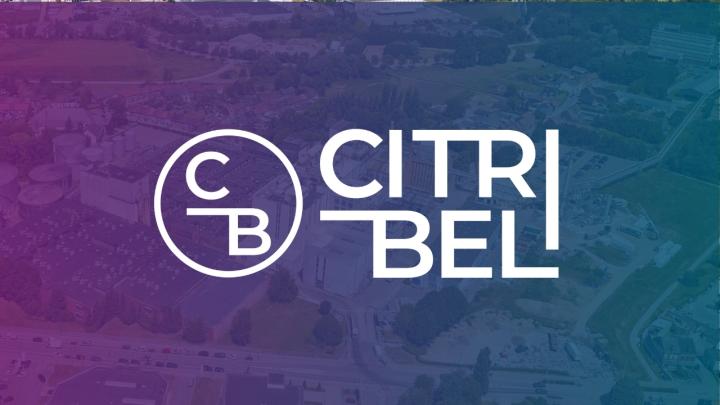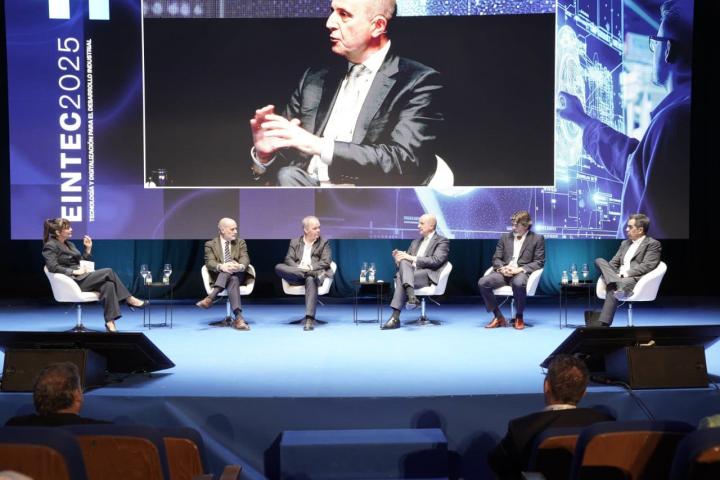Build a culture of innovative and virtual collaboration in a hybrid work environment
Build a culture of innovative and virtual collaboration in a hybrid work environment
Blog
Now that the wave that led us to all suddenly work from home as much as possible is slowly but surely receding, we are ready to embrace a new, hybrid work model in its wake.
Creation date :
Some of us will be returning to the office more regularly, while others will continue to reap the benefits of working from home. This new model will change the way we interact with each other and with our work environment. This requires a new form of collaboration that goes beyond the online meetings we know today. We need tools that can bring people in diverse geographical locations together virtually, so they can collaborate more closely and efficiently.
This blog post summarizes the most important takeaways. Prefer to hear the whole story? Watch the entire Innovation Thursday webinar.
Isn't virtual collaboration the same as normal online meetings?
Virtual Collaboration is a collective name for all those technologies that help us simulate physical collaborations and gatherings as naturally as possible. This means online meetings as well as interactive tools and virtual environments in which you can wander around. The threshold for participation should be minimal.
This is a safe, fast, easy, environmentally friendly and cost-efficient way to facilitate collaboration within a hybrid work culture.
Some applications to explore
Bring everything together on an Employee Experience Platform
Everything comes together on such a platform. It is a place where colleagues can meet, and all the information is there. Microsoft Viva is a good example of such a platform. It uses AI to show individual users the right information, so no time is lost plowing through dozens of documents. It also makes recommendations based on employee data. For example, it suggests the optimal time to answer emails to minimize any disruption. It has dashboards for managers showing things like the stress levels of their employees. The platform also has a personal development area. This allows you to keep track of the skills you still want to learn and the training courses you have already taken.
Build a virtual office, conference, etc.
You can use all kinds of platforms to design or simulate virtual places. This often encourages spontaneous meetings. Microsoft Teams has recently introduced The Watercooler Bot. This tool helps you to set up short meetings, and the bot chooses which colleagues to invite. Microsoft aims to simulate casual meetings by the water cooler or coffee machine this way. You don't know who you will meet there, but it is an excellent way to start an interesting or personal conversation.
You can also simulate physical spaces such as an office building. We have built a virtual version of our Kontich office in Gather. You can hang up posters with company information, set up a games room, or position desks in places with lower noise levels for maximum concentration. You can design such a space entirely based on your own wishes and needs.
Platforms such as Pine and Virbela focus on organizing online events. They each offer a different interface. One allows you to visit virtual stands, while the other invites you to walk around in a 3D environment as an avatar and meet other attendees.
A robot as your host
You may have far fewer people present at the office due to the current restrictions or the fact that many staff are working remotely. You personnel will still have a lot of questions. For example, they may wonder where the paper for the printer is. They will also still need to handle certain tasks, such as showing visitors where to go. You can use a robot to deal with such matters. Robots can answer simple common questions or guide visitors to the right meeting room.
Use virtual assistance
When technicians are on the road on their own, for example, they can use Vuforia Chalk to assess a situation together with an expert who is somewhere else. Smartglasses add another layer of information on top of the physical world, such as arrows showing which screws need to be tightened during the maintenance of a machine. This technology can also be used to organize training in a cost-efficient way.
Four focus areas when embracing virtual collaboration
There are many possibilities for working (together) in a hybrid work context. How can you embed this in an organization? How can you add the most value? How can you be sure you are investing in the right things? How can you bring together all the ideas and create an environment where everyone feels comfortable? We will discuss four focus areas:
- First of all, you need to fully understand your business context. This may sound obvious, but subconsciously we often have a rather one-sided view of reality or we keep focusing too much on our own needs. Talk to different employees to find out what they are currently struggling with or where they see opportunities in terms of a hybrid work culture in the organization. All input is valuable for generating ideas. Next, you need to develop a loose idea into a tested concept, preferably through co-creation. If you need any help, explore our free templates that were inspired by the principles of Design Thinking.
- Include the existing environment in the new developments. For example, you can have meeting rooms where the virtual attendees actually sit around a table by positioning them in semi-circle in front of a large screen. When we are physically present, the focus is mainly on meeting people rather than individual work. Provide an environment that facilitates this and initiates (in)formal conversations, for example by using circular walkways that allow participants to bump into each other.
- Pay attention to digital exhaustion. We all know by now how tiring it can be to sit in virtual meetings all day. Always check whether everyone needs to be present, and encourage spontaneous meetings. Also try to make virtual meetings as dynamic as possible to make sure everyone feels heard. You can, for example, use polls to assess everyone's opinions.
- Put extra effort into building social capital to keep team commitment to the project and to each other high. You can do this by ensuring that everyone meets once a month in the virtual workplace.


